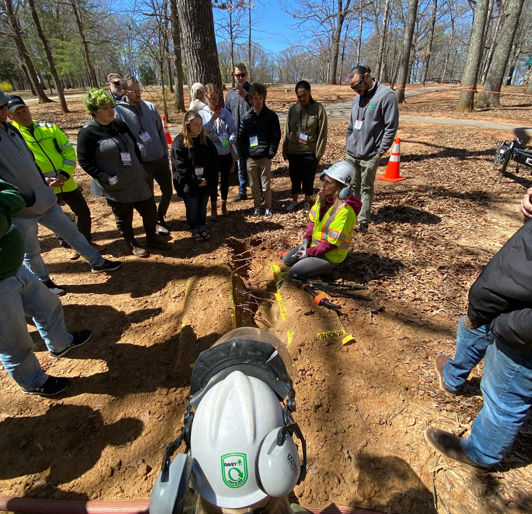A tree’s root collar is the area where the roots join the main stem or trunk. This area is where the trunk flares out and enters the soil then transitions into the major roots.
The root collar is part of the tree’s trunk. Unlike roots, the trunk is not specialized to resist constant soil moisture. The movement of oxygen and carbon dioxide in and out of the phloem (inner bark) is inhibited by this water. Over a period of years, the lack of gas exchange will kill phloem cells in consequence interfering with the downward movement of food (photosynthate) to the roots, eventually leading to root dieback and reduced water uptake. Root collars with declining phloem are more susceptible to infection and disease caused by certain pathogenic fungi, especially Phytophthora and Armillaria.
Often root collars are buried during landscaping projects or when they are planted they may settle in the planting hole or be set too deeply. Excessive mulch layers often lead to decline of the root collar. Mulch layers should not exceed four inches in thickness and should never be placed against the root.





